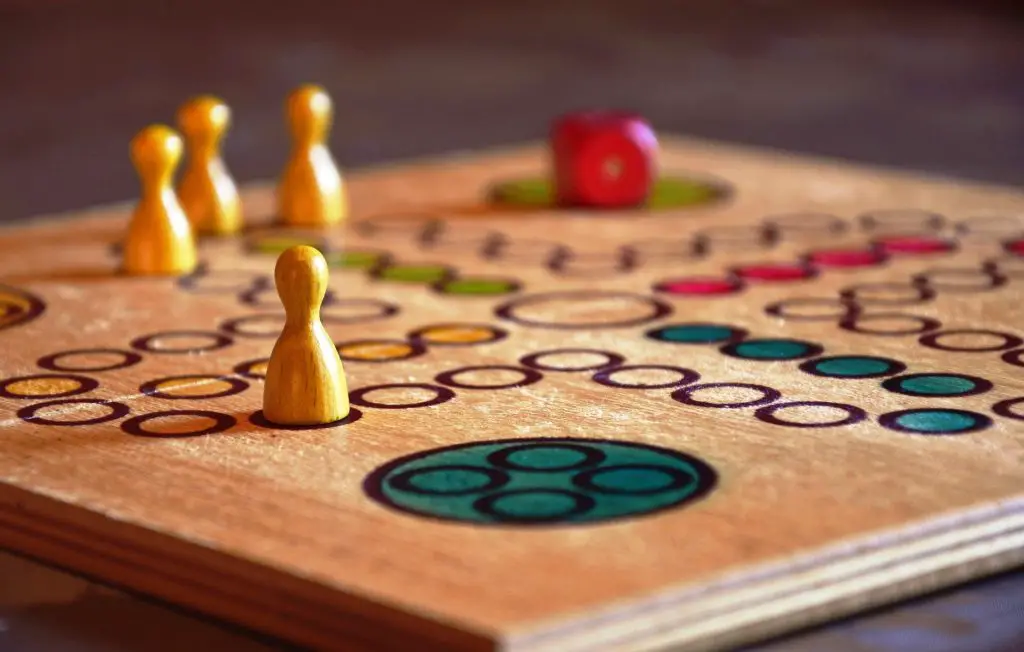The perfect age for learning anything, especially interpersonal skills, is 14 to 21. Leadership is practice, and continuous practice makes man perfect and eventually a perfect leader. Hence leadership activities or workshops become more crucial, specifically during college.
In this article, we listed 17 perfect leadership activities for college students, which help to develop essential leadership skills and build confidence at the same time.
Table of Contents
Leadership Activities for College Students:
1. Taking classes on the subject of leadership:
Most universities and colleges offer leadership, management, or communication courses. Each of these classes can aid in developing your leadership skills. For instance, many universities offer a Leadership minor, which includes classes like working with people, Interpersonal Leadership Skills, Leadership for Personal and Organizational Change, Communication and Leadership in Teams or Groups, and Global Leadership, as well as electives that deal with ethics and communication.
Certain classes in leadership are not credit-worthy. However, this could be a viable alternative if you have a full-time academic load and want to have a chance to sharpen your leadership skills.
2. Scavenger Hunt:
This old-fashioned game has much to offer. Puzzles and riddles are great for problem-solving skills and encouraging creativity. Students must think outside of the box to find the treasure. They need to rely on one another’s knowledge to succeed.
3. Group Project-based Learning Opportunities:
It would help if you combined project-based learning with a team. A group can create a formative and summative assessment, similar to individual projects, which encourages leadership within a group. It will be amazing how easily students will begin to assign each other tasks to complete a project with reliability and accountability. You can also have constructive feedback by creating creative collaborations!
4. Ideas building blocks:

The class should be divided into teams, giving them an issue concerning your subject. One team member notes the solution and then passes the paper on to the next team member, who expands on the idea before passing it on to the other group members. The paper is then passed around until everyone can add to the original solution. Once their time is up, the spokesperson can give their final solution to the entire group or class.
This is a great way to improve students’ problem-solving and teamwork abilities, which will also boost their leadership qualities as they work toward an end-to-end goal.
5. Collaboration activities for college students:
There are many group-building exercises you can do in your class. It is possible to ask students if they’d prefer to play a particular game. We’ll provide you with examples of team-building leadership activities for college students, and it’s up to you to play those that you enjoy.
6. Peer mentorships:
Schools could also consider peer mentoring programs to enhance leadership and interpersonal skills in the same way as tutoring programs. This type of leadership goes beyond the topic and fosters authentic leadership in teen mentors. An influential leader can help at-risk students, students with special needs, and first-year students.
7. Creative thinking:
Leaders must be sceptical about the “common knowledge” they are given and not assume it is true. To solve problems creatively, leaders should be open-minded and creative. Students should be encouraged to develop creative thinking as part of their leadership activities.
8. Feedback from a small group:
Students should take a piece of paper and give feedback to each other during class projects. It is easy to provide constructive feedback and encourage leadership elements. Successful leaders listen to feedback and consider all options for improving their work. Students can practice receiving and giving feedback in controlled, constructive spaces by creating a classroom that focuses on positive feedback.
9. Student leaders create a fun activity:

Students can use their mini-lessons to show their creativity. You can organize small groups to plan lessons that focus on one concept in your unit. The class can give constructive feedback to the group being taught, enhancing leadership skills.
10. Newspaper fashion show:
This game is not designed for students only. Everyone should play it at least once. It is a great way to get your students out of their comfort zone and into productive areas. It takes a lot of imagination to create clothing items using only newspapers, tape, scissors, and glue.
You can divide students into teams to brainstorm ideas or make it an individual competition among students. You can have a fashion show at the end and choose models for your finished products.
11. Problem-solving activities:
These activities are designed to help students develop problem-solving skills. Most of these activities are done in groups so students can develop communication and collaboration skills.
12. This is classified as:
There is no better way to stimulate creativity than connecting random objects. You should display around 30 items on your desk. You can choose from notebooks or water bottles. Ask students to divide into groups and help them categorize the items. After some time, ask students to share their lists with the class and explain their reasoning.
13. Opportunities for Independent Project-Based Learning:
When it comes to integrity and leadership, independent projects can provide valuable opportunities for internal leadership. Sometimes, the best leaders are those who start from. Students can find their internal motivation to succeed on a project-based learning assignment. Independent projects, summative or formative, offer excellent opportunities to learn leadership skills.
14. Create a Student Timer:
The classroom is a precious resource, and many lessons have a time limit between transitions. Choose a student as the “timer” for that day. They will be responsible for effectively communicating the remaining time on a task. Your timer will update the class on the time remaining and when it has ended. It is the best and easy way to give students ownership and allow them to lead.
15. Shark Tank:
This activity is based on a TV series and can be used in the classroom. Select the students who will be entrepreneurs and those who will become investors. Entrepreneurs will be pitching their ideas in teams. They must create a product, brand, logo, and marketing strategy. Investors will then decide which team will receive funding for their project.
Students will learn public speaking and presentation skills as they pitch. Students will use their creativity to generate new ideas. Afterwards, feedback and group discussions are crucial. You can set a positive example for others and encourage them to follow it.
16. Tutoring Programs:
It is a great way to allow college students to tutor high school students. This is a great way to enhance your college application by gaining leadership experience. Leaders can use tutoring to develop the leadership style, and philosophy best suits them.
17. Find a Historical Mentor
Find an account of a great leader from the past. Choose one that focuses on an individual or group who had an idea and did something unique for the entire world. Take the time to read the biography with you or at least some of the chapters in the book. It is possible to offer your child a fair amount to read the book.
After all, they’re paid to do chores, so why not reward the privilege of filling their minds and soul with inspiring stories? After finishing the book, talk about some of the highlights that the novel has to offer. Find out what they liked most about the book. Please find out how the leader realized their goal to make a change within the global community. What pushed them to go through difficulties and eventually be successful?
Conclusion:
We hope you find these leadership activities for college students inspiring to change things in the classroom. Students need encouragement to grow and succeed. They sometimes need extra support from their teachers. Leadership and team-building activities are the best ways to get them involved.

